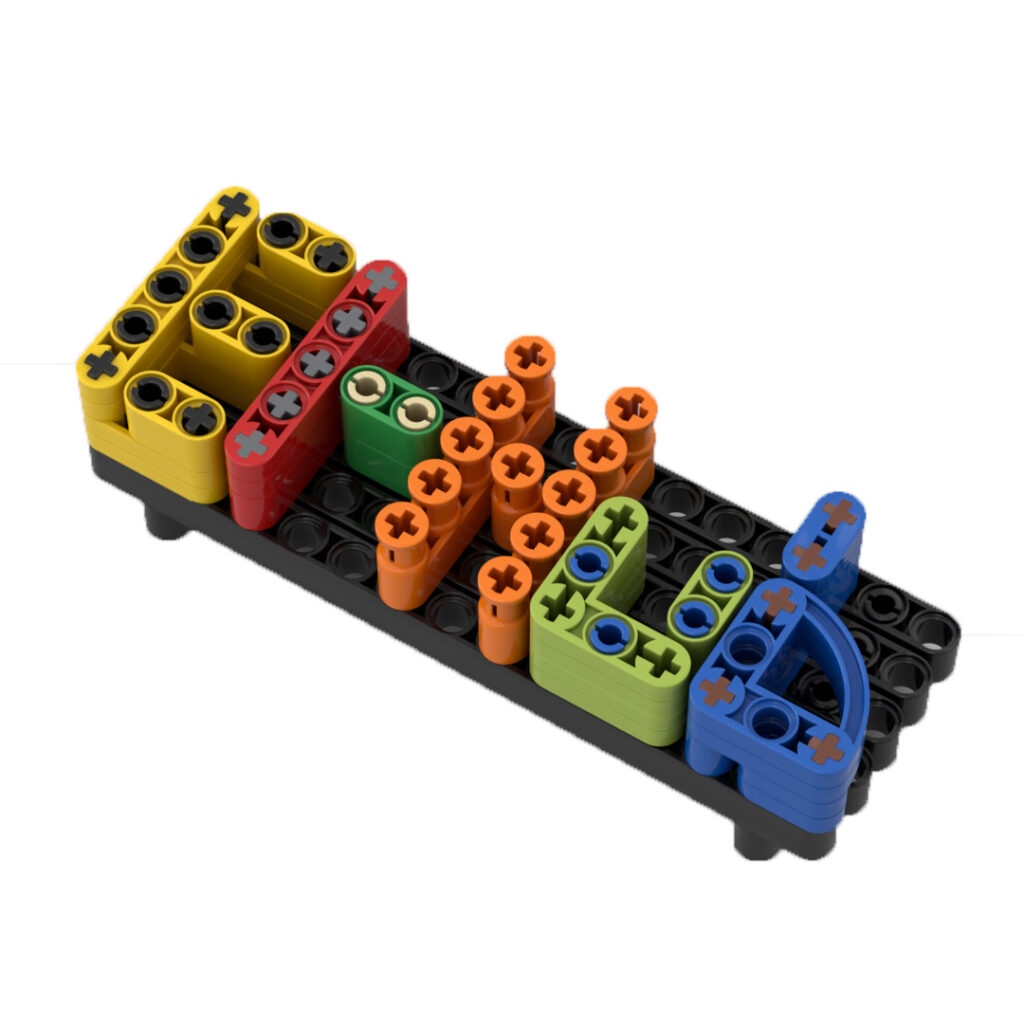LEGO Great Ball Contraption 樂高積木大型球體機械運輸線
The Origins 起源
Lego Great Ball Contraption「大型球體機械運輸線 」簡稱Lego GBC。
起初,Steve Hassenplug 在2005年Brickfest上的一個Lego展覽,首次發表相關作品。自那次展覽開始,就愈來愈多樂高積木玩家參與設計與展覽。
Basic Design Principles 基本設計原則
基本規則是將Lego小球由A點運到B點,而中間的過程由Lego玩家自行設計。
其後,Lego GBC有更標準的定制,如入口與出口的大小必須為10 stud x 10 stud x 10 stud,而小球平均進出速度為每秒1球。

Lego Shishi Odoshi GBC 鹿威運球機
Lego Ball Counter GBC 數球機
Lego Basketball Shooter GBC 籃球投射運球機
這部射籃球運球機,是由Akiyuki的意念簡化而成。避震器一定要選擇「軟彈簧」,來保持短距離射程。籃球架可以調校高度,以遷就不同避震器細微的不同力度。
物理老師解釋張拉共構體的原理
各款LEGO張拉共構體的設計
Lego Tensegrity GBC 張拉共構體運球機
Lego Tensegrity GBC is the work of Berthil van Beek. The designer used three silver-plated parts and other black accessories to build the Stepper and Ferris Wheel, deliver the ball to the highest point, and then let the ball pass by a bridge made by the seven tensegrity and slip to the exit.
Tensegrity「張拉共構體」是一種基於在連續張力網絡內部應用受壓構建的結構原理。其中,受壓構件之間並不接觸,而預先張拉的構件構成了空間外形。
用LEGO砌出張拉共構體Tensegrity最簡單的方法
工程師解釋波動齒輪的運作原理
波動齒輪的運作原理及其應用
Lego Strain Wave Gear GBC 波動齒輪運球機
It was invented by C.W. Musser in 1957. It is usually used in robotics and also in aerospace to reduce gears, but it can also be used to increase speed or for differentials.
擺線齒輪的運作原理
擺線齒輪的應用:減速裝置
Lego Cycloidal Drive GBC 擺線齒輪運球機
日本工程師Akiyuki Kawaguchi將擺線齒輪改裝成為Lego版本,並將這個機械工程學上常用的齒輪,應用於大型球體運輸線的設計上,並設計出這套別出心裁的運球機。
